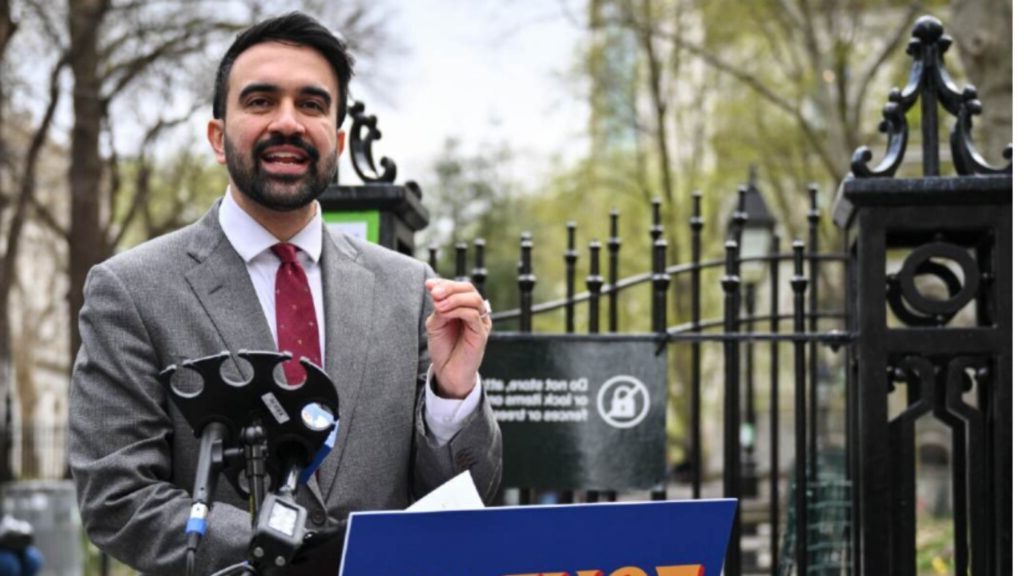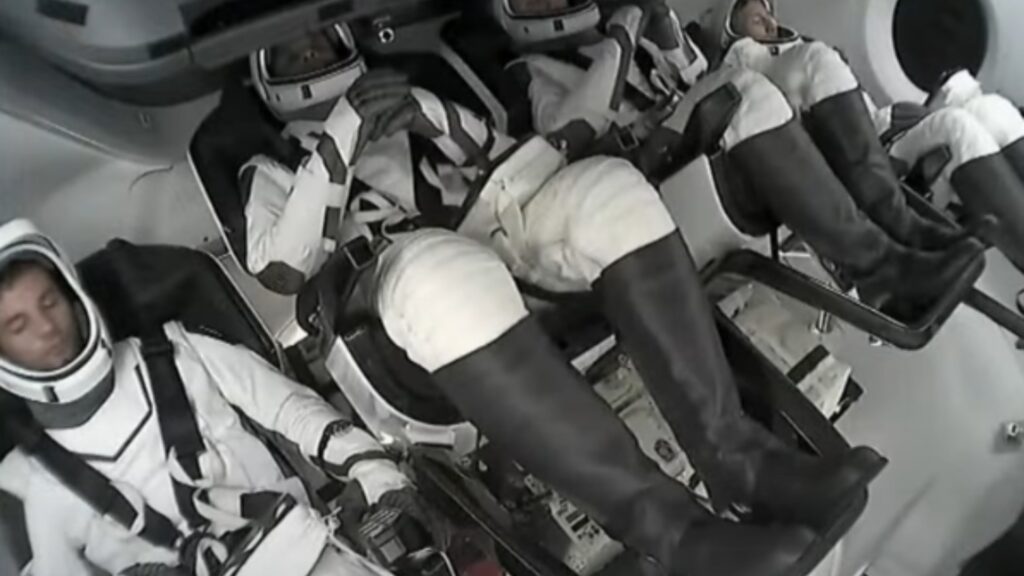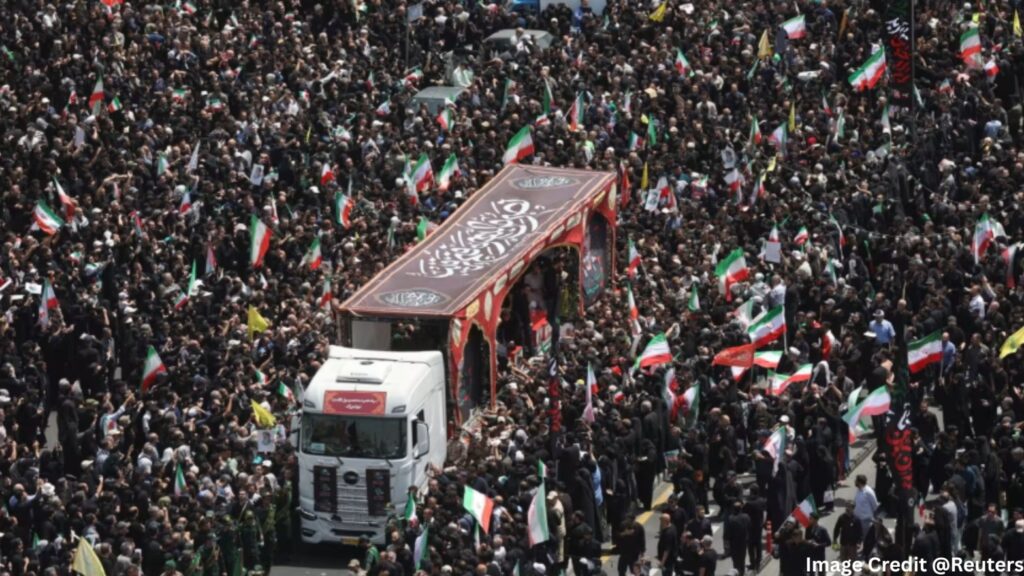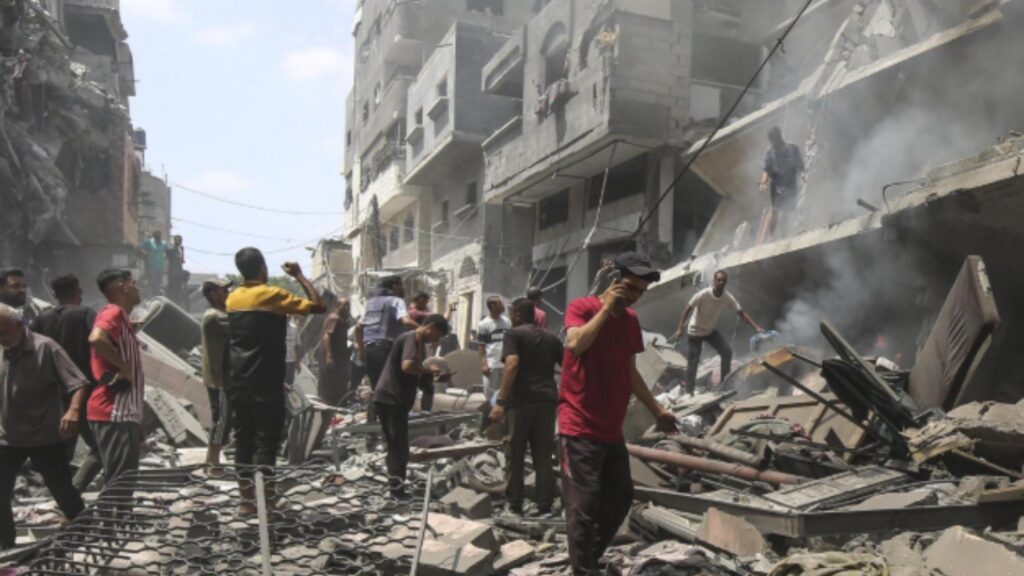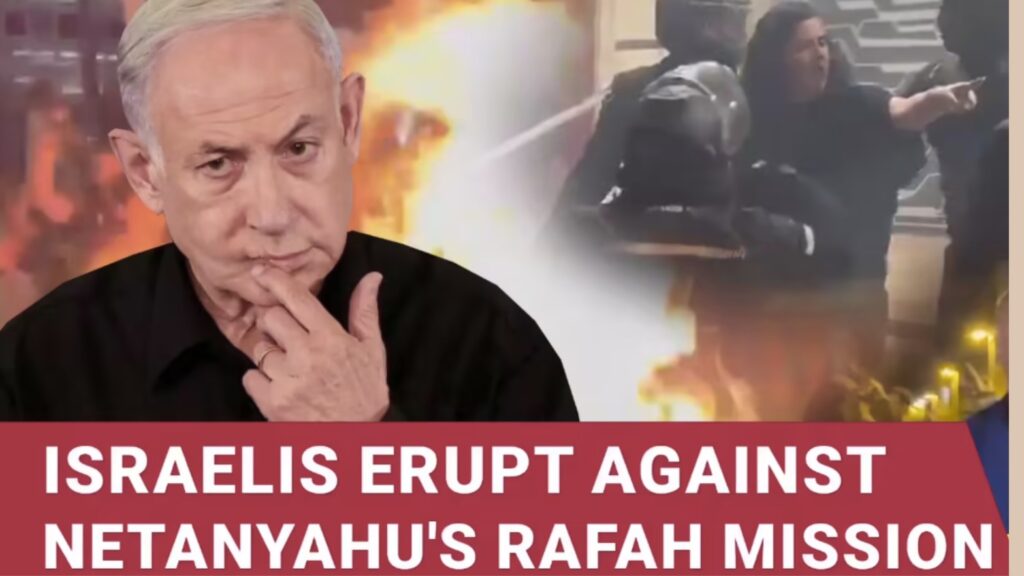Iran Holds Historic Funeral for Military Leaders and Scientists Killed by Israel – A Nation United in Grief and Defiance
Iran has witnessed an outpouring of national grief as it laid to rest its top military commanders and nuclear scientists killed in Israeli airstrikes. On June 28, 2025, the funeral in Tehran became a statement of resilience, with thousands attending to mourn the loss of their fallen heroes. In the midst of the mourning, Iran’s political landscape faces significant pressure—this moment could shape its future.
Key Facts:
- What Happened: Iran’s state funeral on June 28, 2025, honored nearly 60 people, including top military figures and nuclear scientists, killed in Israeli airstrikes.
- Where: The funeral procession took place in Tehran, beginning at Enghelab Square and ending at Azadi Square.
- Who Was Honored: Major General Mohammad Bagheri, General Hossein Salami, and prominent nuclear scientists such as Seyyed Amir Hossein Feghhi.
- The Event: Thousands gathered, chanting “Death to America” and “Death to Israel,” showing both defiance and solidarity. Some mourners burned Israeli and U.S. flags.
- The Loss: Over 1,000 Iranian casualties during the conflict with Israel, including civilians and military personnel. Despite this, Iran claims its nuclear program remains intact.
Eyewitnesses describe the funeral as a moment of intense national unity. Thousands flooded the streets of Tehran, mourning their lost heroes while reinforcing a collective resolve against foreign threats. The procession itself—spanning 11 kilometers—was nothing short of a spectacle. Crowds, somber yet determined, held portraits of the fallen and Iranian flags as they made their way through the heart of the capital.
Key figures like President Masoud Pezeshkian and Foreign Minister Abbas Araghchi participated in the funeral, though notably absent was Supreme Leader Ayatollah Ali Khamenei. Instead, Khamenei released a recorded message condemning the strikes. The air was thick with grief, but also with a fierce undercurrent of defiance.
Context and Reflection:
This event marks more than just the mourning of lost military commanders. It’s an undeniable display of Iran’s defiance—an assertion that no matter how much damage is done, the country remains steadfast. It’s important to understand that Iran has been navigating geopolitical tensions for decades. The U.S. and Israel’s military actions are part of a broader regional contest for influence and security. While the loss of key military minds is significant, Iran’s ability to bounce back, reorganize, and double down on its nuclear ambitions shouldn’t be underestimated.
In a way, the echoes of previous conflicts resonate in the streets of Tehran. We’ve seen this playbook before: the wars, the bombings, the funerals. Each time, the Iranian people stand tall, rallying around their leaders, not just in mourning but in preparation for the next phase of the battle. It’s a complex cocktail of grief, pride, and anger that propels their continued resistance.
Interestingly, Israel’s operations—targeting both military and civilian scientists—have reignited an ongoing debate on the morality of such strikes. While Israel defends its actions as necessary for security, Iran views them as an attack on its sovereignty, an aggression that further fuels anti-Israeli sentiment in the region.
What Happens Next?
The funeral today isn’t just an act of remembrance; it’s a prelude to what may unfold next on the global stage. Iran, with its long history of defiance, is not expected to simply back down. Military retaliation could escalate further, especially as Israel has already hinted at more strikes if Iran continues to push forward with its nuclear ambitions.
The real question is how the international community will respond. With the nuclear issue still unresolved, talks between the U.S. and Iran remain fraught with tension. Will this heightened show of force push both countries to the negotiating table, or will it fuel an arms race in the region?
For Iran, the next steps are clear: rebuild and fortify. The country’s nuclear program, though crippled by recent strikes, remains a priority. Meanwhile, internal stability will be closely watched, particularly with speculation mounting around the future of Supreme Leader Khamenei.
Final Thoughts and Call to Action:
The funeral of these military commanders and scientists isn’t just a moment of mourning—it’s a pivotal moment in Iran’s ongoing struggle for control over its future. It speaks volumes about the state of geopolitics, where every death on either side adds fuel to the fire.
The world stands at a crossroads, with tensions boiling over in the Middle East. How will global powers respond? Will this funeral be remembered as a moment of ultimate sacrifice or as the spark for an even greater conflict? Keep an eye on BoldShout.com for further developments as this story unfolds.
Stay tuned. The implications of these strikes, and Iran’s defiant mourning, will echo far beyond the streets of Tehran.
Engage with us: What do you think about Iran’s response? How do you see the future of the Middle East unfolding in light of these events? Let us know your thoughts in the comments section below!


